Winter Growing Leeks With Late-Cropping Varieties: Choose A Suitable Site And Get To Work
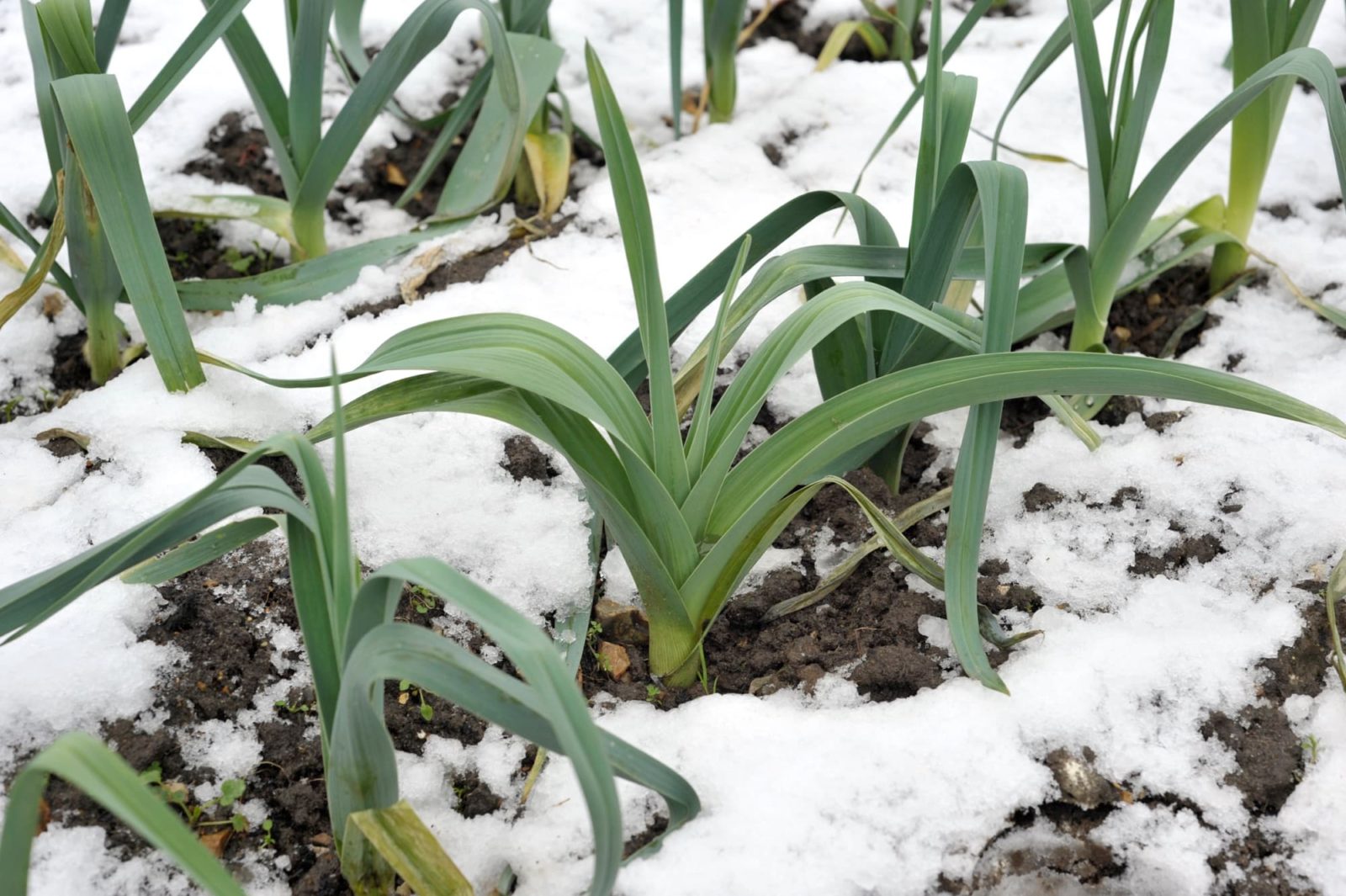
VEGETABLES > LEEKS > WINTER

Elizabeth is a Permaculture Garden Designer, Sustainability Consultant and Professional Writer, working as an advocate for positive change. She graduated from the University of St. Andrews with an MA in English and Philosophy and obtained a Diploma in Applied Permaculture Design from the Permaculture Association.
Reviewed By COLIN SKELLY

Colin is a Horticulturist and Horticultural Consultant with experience in a range of practical and managerial roles across heritage, commercial and public horticulture. He holds the Royal Horticultural Society’s Master of Horticulture award and has a particular interest in horticultural ecology and naturalistic planting for habitat and climate resilience.
IN THIS GUIDE
LEEK GUIDES
Companion Plants
Growing From Seed
Harvesting
Transplanting
Winter Growing
Leeks are a perfect winter vegetable, as there are many different varieties that will do very well in a UK garden over the winter months.
These are hardy plants that can actually taste better after they have been exposed to frost.
The key to being able to harvest leeks all through the winter lies in:
- Choosing the right varieties of leek for winter growing.
- Timing things correctly when it comes to sowing leeks in and for winter.
- Choosing the right place to grow your leeks.
- Transplanting leeks to growing areas at the right time and using the right method.
- Caring for leeks well over the summer and autumn months.
- Making sure leeks can be harvested as needed during the coldest months.
Leeks do have a long growing season and take a long while to grow.
They will occupy your garden during summer as well as throughout autumn and winter.

However, the investment in space and time is well worthwhile, as you will be able to continue harvesting leeks from your garden, potentially right through the winter months.
Why Are Leeks Good For Winter Growing?
Leeks are a great choice for sowing in the late winter or leaving in the ground throughout the winter of the following year.
With the former option, you can sow leeks inside in February to harvest in late summer or early autumn, but note that you will not typically place leeks outside in their final growing positions until April or May.
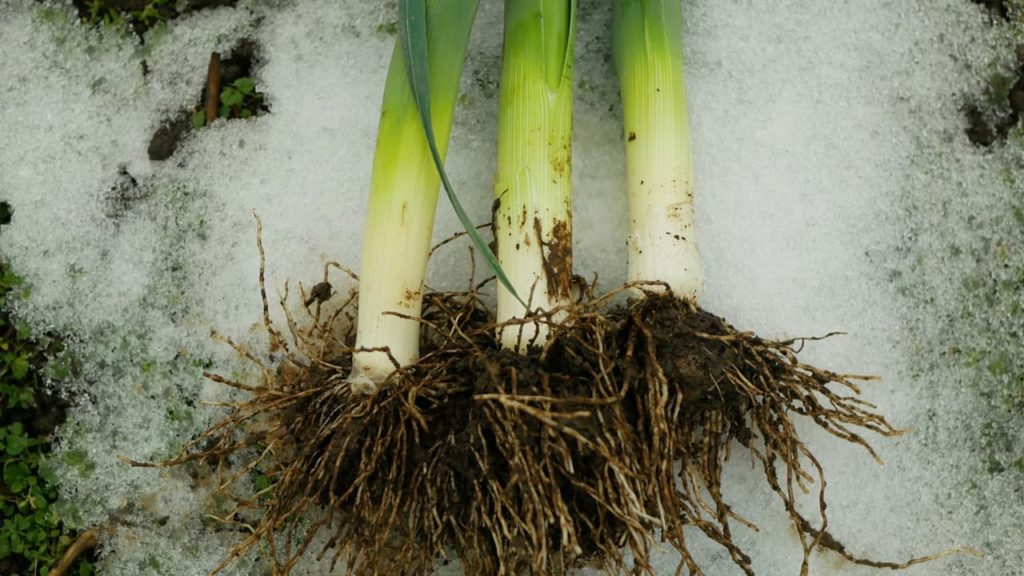
With the latter, it is important to understand that the plants are not actually in active growth during the winter months.
Rather, they grow to maturity over the summer and then are kept in the ground in winter until they are ready to harvest.
If you wish, it is possible to do both.
You can start sowing leeks inside in February to harvest at the beginning of the leek harvesting season and then sow further batches of seeds during spring and early summer in order to continue to harvest leeks right through to the next year.
Choosing Winter Varieties
In order to be able to harvest leeks throughout a long harvesting period, it is important to choose the right varieties.
There are leeks that are ideal for early sowing and harvesting, leeks that are great for harvesting in the mid-winter period, and leeks that are ideally suited to leaving in your garden right through to spring.
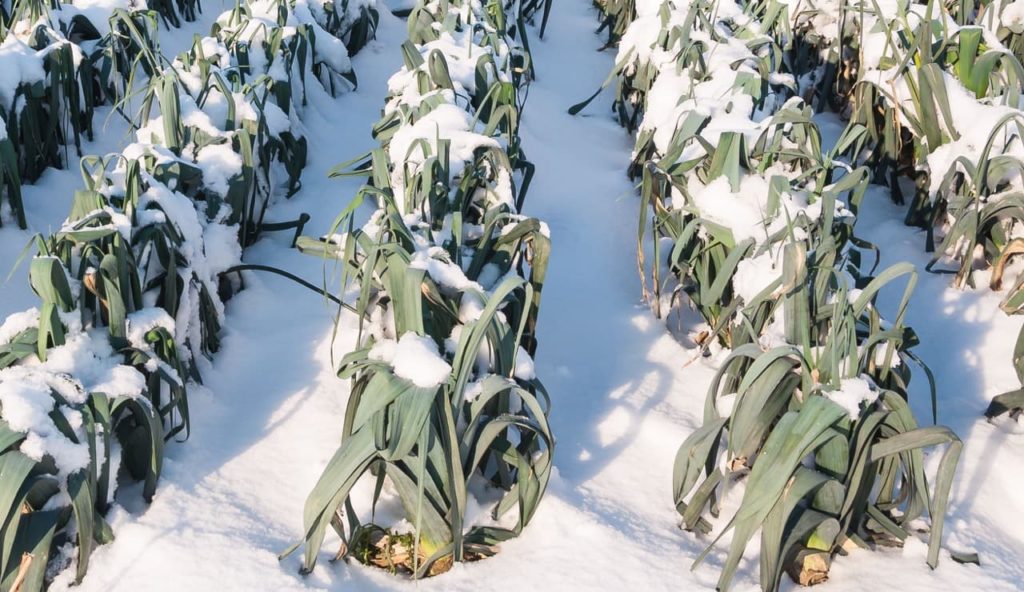
When choosing which leeks to grow, make sure that you look at whether they are considered early, mid or late-season varieties.
You should also check how well they can cope with the winter conditions where you live.
According to the HPAA, some late-cropping varieties which would be suited to winter growing include:
- Below Zero F1 (incredibly hardy to cold conditions)
- Giant Winter Leek
- Musselburgh (again very hardy – crops from December through to March)
- Tadorna Leek (another that crops from December to March)
Sowing Winter Leeks
Typically, you can expect to start harvesting leeks around six months after they are planted.
This means that, if you want your leeks ready to harvest in winter, you should not sow too early.
” I sow my winter leeks in June and then into the ground in July, making sure that they have sufficient water in early growth,” shares Colin Skelly, a Master Horticulturist.
“Autumn is normally a good growing period as it gets wetter and stays warm.
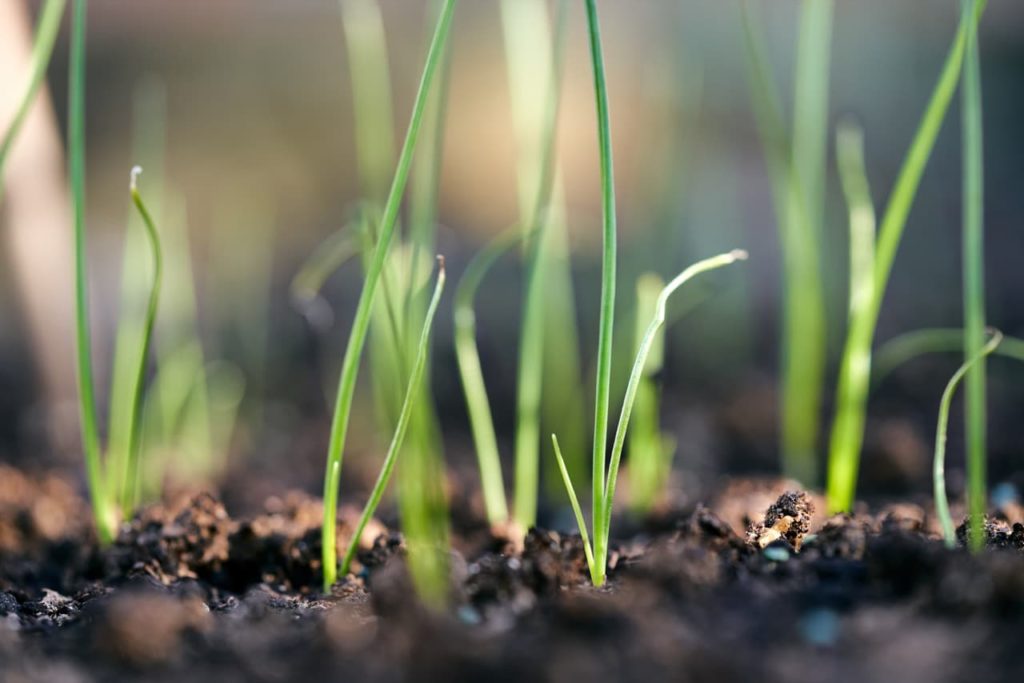
“Sow too early and even a winter leek cultivar can tend to bolt (start to flower), which can still be used if harvested quickly, but messes up your harvesting plans!
“A very mild winter can still do this even if your timing is perfect.”
Remember, those planted in winter will typically be harvested in late summer or autumn.
Sow and plant in spring if you want to enjoy a later harvest.
Leeks can potentially be sown right up until June, though here in the UK it is generally best to sow earlier in spring to allow the plants as much time as possible to mature before cold weather arrives once more.
Choosing A Growing Site
Choosing the right spot to grow leeks in is always important, but it is especially important to think about where you grow leeks if you want them to remain in the ground for as long as possible over the winter months.
Plant your leeks in a location with full sun and make sure that the soil or growing medium is rich, fertile, and moist yet free-draining with plenty of organic matter.
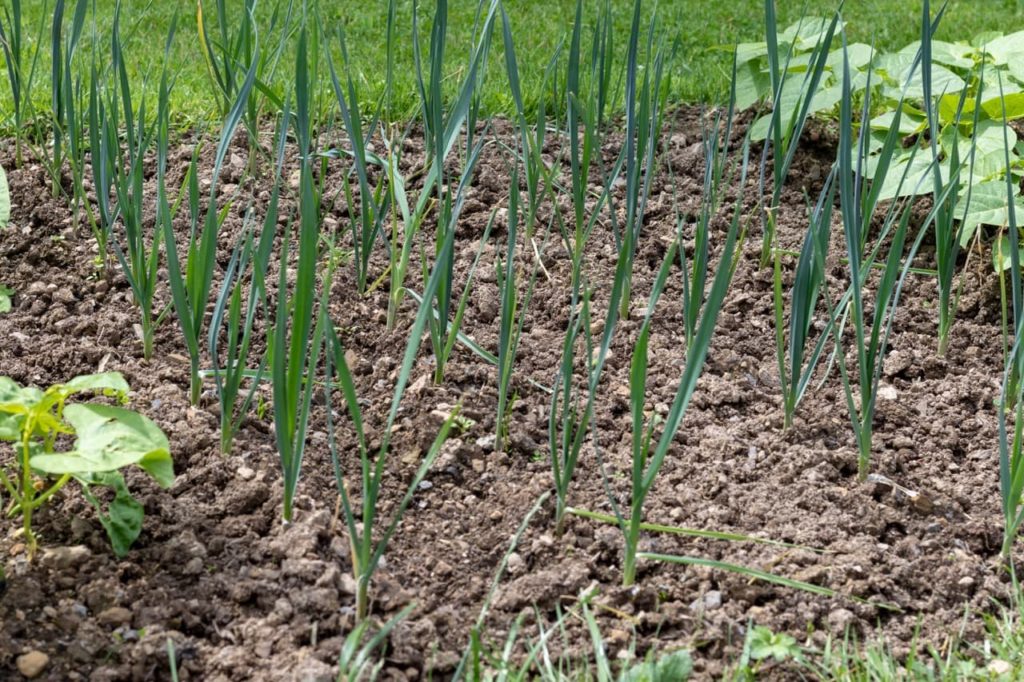
Choosing a more sheltered position might help if you wish to keep them in place over winter, though, in general, they won’t mind an exposed location.
Even though winter leeks are hardy down to around -10°C, in particularly cold areas or in extremely cold winters, it is important to make sure that you have planted your leeks in a good spot and not in a frost pocket or particularly cold location.
Transplanting Before Winter
Once you have decided where to grow your leeks for the rest of the growing season, you should take the leeks you have grown from seed and transplant them to their final growing area in your vegetable garden.
See this guide for tips on transplanting leek seedlings outside.
The healthier your leeks are before winter arrives, the more likely they are to stand in your garden to be harvested as you need them through the winter months.
Harvesting Winter Leeks
To make sure that you can continue to harvest leeks through winter, you should ensure that the soil around them does not freeze solid and make harvesting difficult.
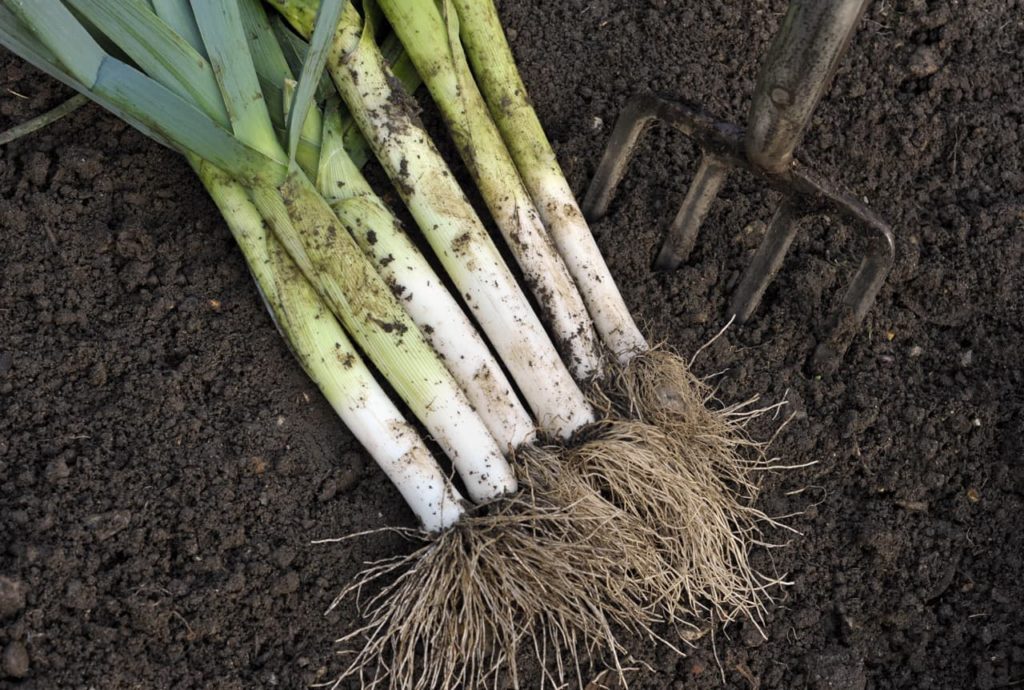
You can help to avoid this by adding a thick layer of carbon-rich mulch, such as dried leaves or straw, around your plants.
Alternatively, you can remove leeks from a growing area and heel them into another part of your garden where the ground will not freeze as readily.
